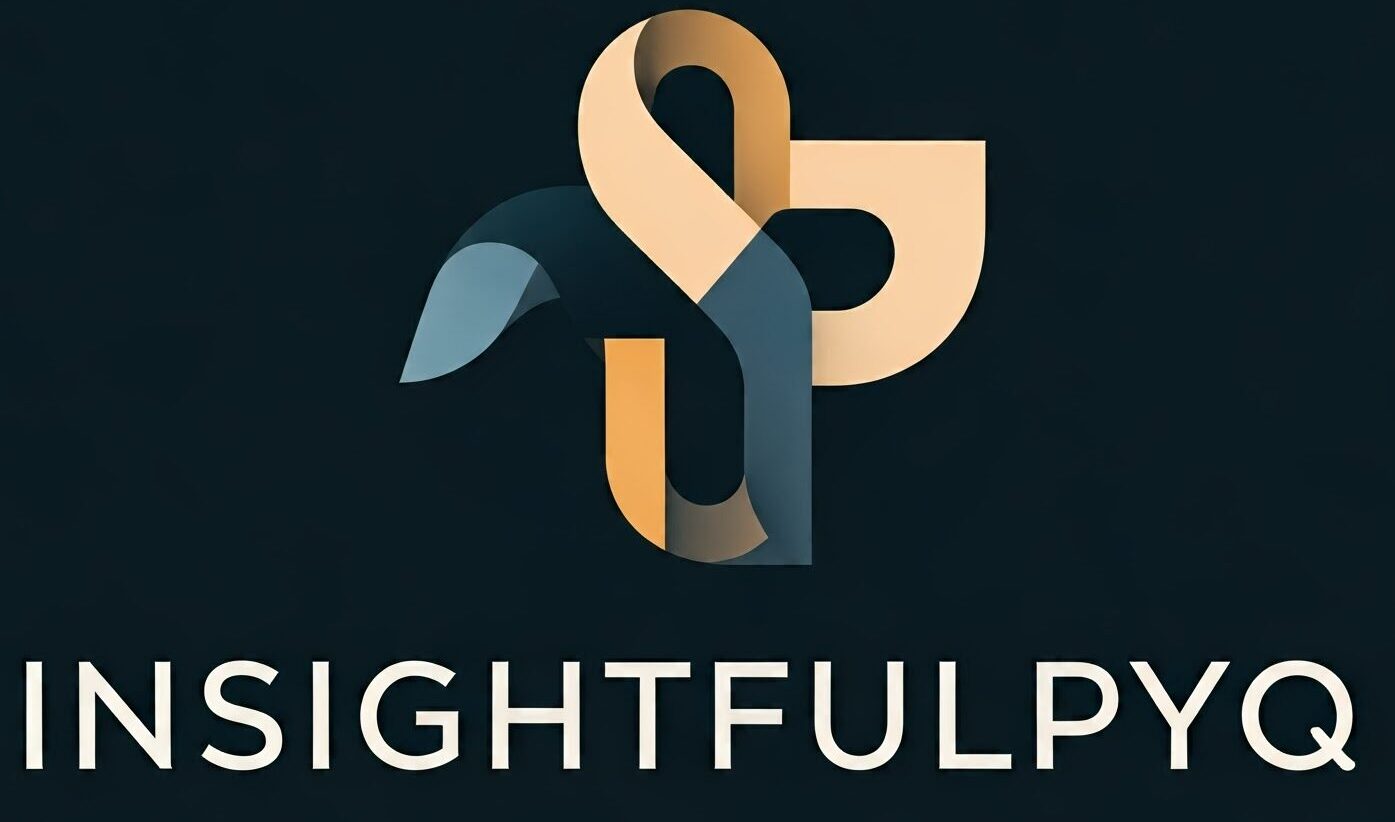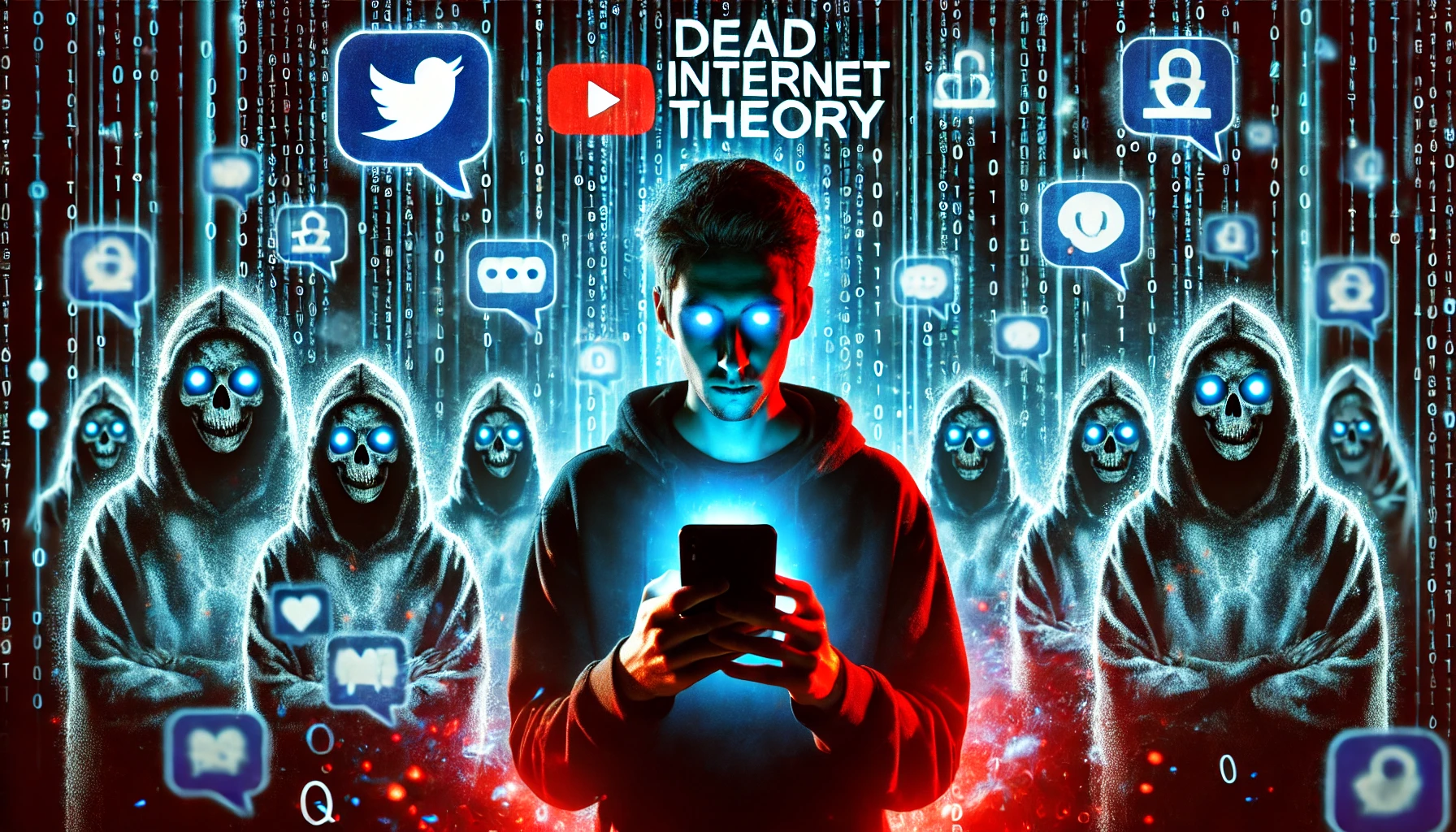Have you ever scrolled through social media and wondered, “Are these likes and comments from real people… or just robots?” Welcome to the Dead Internet Theory—a creepy idea that’s been buzzing online. It claims most of the internet isn’t run by humans anymore. Instead, bots, fake accounts, and AI-generated content control what we see, share, and buy. Let’s break it down in this blog.
What Is the Dead Internet Theory?
Imagine throwing a party, but 90% of the guests are cardboard cutouts. That’s the Dead Internet Theory in a nutshell. It argues:
- Bots Rule the Web: Fake accounts (bots) flood social media, post comments, and even “fight” in online arguments—all to trick us.
- AI Creates Content: Articles, videos, and memes might be made by AI, not humans.
- Algorithms Control Everything: What you see online isn’t organic—it’s pushed by secret formulas designed to keep you glued to screens.
The theory suggests the “real” internet died years ago, and we’re now stuck in a zombie version, where fake stuff drives clicks, ads, and trends.
Why Do People Believe This?
Here’s the “evidence” fans of the theory point to:
- Bot Armies:
- Ever seen a post go viral with thousands of identical comments like “Nice!” or “Thanks for sharing!”? Those could be bots. Experts estimate 40-50% of web traffic might be non-human.
- AI-Generated Junk:
- Websites packed with weird, keyword-stuffed articles? AI tools like ChatGPT can now write blogs, product reviews, and news—fast and cheap. Some sites use this to spam Google.
- Fake Influencers:
- Some Instagram “stars” aren’t real. Their photos are AI-generated, their followers are bots, and their comments are fake.
- Mysterious Trends:
- Why do bizarre hashtags or TikTok dances blow up overnight? The theory claims algorithms (or shady groups) create fake trends to manipulate culture.
But Wait—Is This True?
Not everyone’s convinced. Here’s the other side:
- Humans Still Dominate (For Now):
- While bots exist, most social media activity is still real. Think about your group chats, niche Reddit forums, or YouTube creators you love—those connections feel genuine.
- Platforms Fight Back:
- Companies like Facebook and Twitter (X) claim they delete billions of fake accounts yearly. It’s a game of whack-a-mole, but they’re trying.
- AI Isn’t That Sneaky (Yet):
- While AI can write essays or make art, it often makes mistakes. For example, AI-generated faces might have weird hands or too many teeth. Humans can still spot fakes… for now.
Why Should You Care?
Even if the internet isn’t “dead,” the theory raises real issues:
- Trust: How do you know if a viral post is real or a bot campaign?
- Loneliness: If bots flood comments, do real interactions get drowned out?
- Manipulation: Fake trends could sway elections, stock markets, or public opinion.
How to Survive the “Dead” Internet
Don’t panic! Here’s how to stay savvy:
- Question Virality: If a post feels too perfect or angry, ask: Who benefits from this?
- Check Sources: Look for verified accounts or websites with real contact info.
- Support Small Creators: Follow indie artists, writers, and makers—they’re usually real humans.
- Use Bot-Spotting Tools: Plugins like Bot Sentinel or FakerFact can help detect fake accounts.
Final Thoughts
The internet isn’t a ghost town—but it’s not all sunshine either. Bots and AI are definitely changing how we surf the web, but humans aren’t extinct online yet. The Dead Internet Theory is a warning, not a prophecy. Stay curious, stay critical, and keep connecting with real people.
After all, if you’re reading this, you’re part of what keeps the internet alive.

